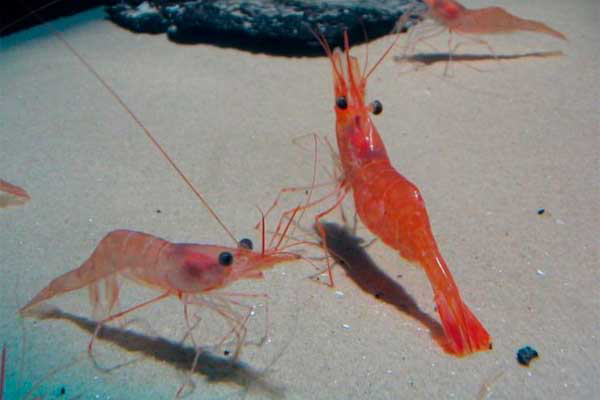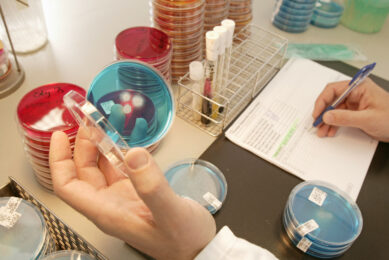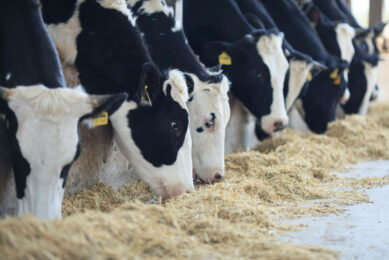First EMS-free cycle in shrimp with 1-monoglycerides

Researchers recently identified the causative agent behind a mysterious disease that has been decimating shrimp farms in Asia over the past two years. Infected shrimp ponds experienced extremely high levels of mortality early in the growing cycle — as high as 100% death rates in some cases. FAO is urgently engaging with partners to organise a concerted, inter-regional effort to implement appropriate countermeasures. One solution seems to be found.
On 3rd May 2013 AllAboutFeed published an item on the breakthrough in the mystery of the Early Mortality Syndrome (EMS) in shrimp by the University of Arizona. The research group led by Dr Lightner confirmed the bacteria strain Vibrio parahaemolyticus initiated by a viral phage was the causative agent of the mysterious disease, also known as Acute Hepatopancreatic Necrosis Syndrome (AHPNS). Knowing the specific pathogen brings treatment and prevention closer.
Earlier investigations on the effect of antibiotics on EMS in shrimp showed that giving shrimp high doses of antibiotics results in an EMS free cycle. However, the use of high doses of antibiotics is not preferred due to the risk of antibiotic resistant bacteria and the negative effects on international trading possibilities.
From the beginning of this year Framelco and several research groups have been testing new products to fight EMS and combat this disease which is causing massive losses in shrimp farming. A specific blend of 1-monoglycerides has been developed to fight both the viral and bacterial causative agents. With success: the first EMS-free cycle on EMS infected farms has been achieved.
The 1-monoglycerides are well-known for their effective inhibiting properties on different bacteria strains and fat coated viruses. The molecules are produced by linking a fatty acid to the alpha-position of a glycerol molecule by esterification. A joint research with the University of Lisbon showed that the newly developed 1-monoglycerides blend disturbs specific structures within the membranes of bacteria, and destabilise the fat-envelope of viruses. Thereby 1-monoglycerides inhibit multiplication of these pathogens. The molecules are effective during the entire gastrointestinal tract and are also taken up by the blood stream.
In agriculture the products are being used for several years now. A wide range of practical trials showed that dietary inclusion of 1-monoglycerides successfully improved animal health and performance and drastically reduced the use of antibiotics and other medicines in agriculture. 1-Monoglycerides are very stable with neutral odour and taste, pH independent and heat stable up to at least 160 degrees Celsius. These characteristics make the 1-monoglycerides a very suitable product for processing.
At the moment different trials are running in Vietnam and Thailand to further develop the products in order to adjust them specifically to battle EMS in shrimp. Since not all factors influencing the treatment are fully investigated, more farms with EMS problems are sought to test the products. Although curative use have showed promising results, preventive use is recommended.
Companies willing to test can contact Framelco at d.hermsen@framelco.com.











